
Name that knot
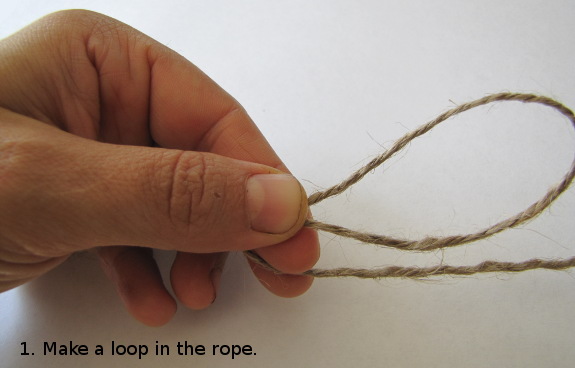
I only use one knot
other than a half hitch on a regular basis.
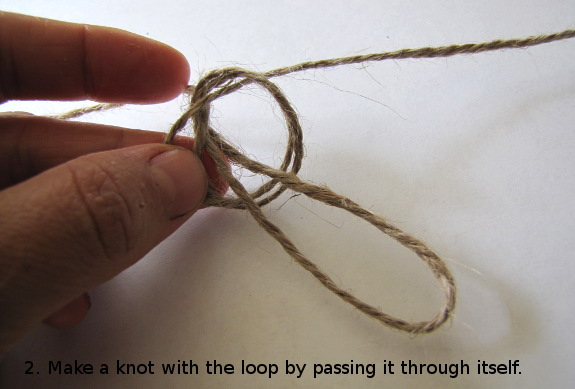
(Yes, I did almost fail
kindergarten because I couldn't learn to tie my shoes correctly.
I figured out the normal method while bored one day in high school
calculus, but I still make two rabbit ears and then tie them into a
knot when my shoe laces need securing.)
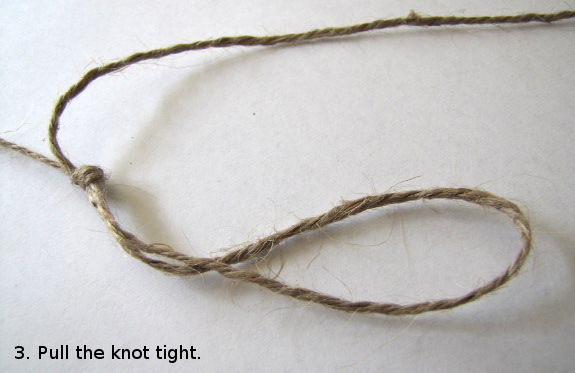
I learned this knot from
my father, who used it to tighten a canoe down on top of a car during
our paddling forays.
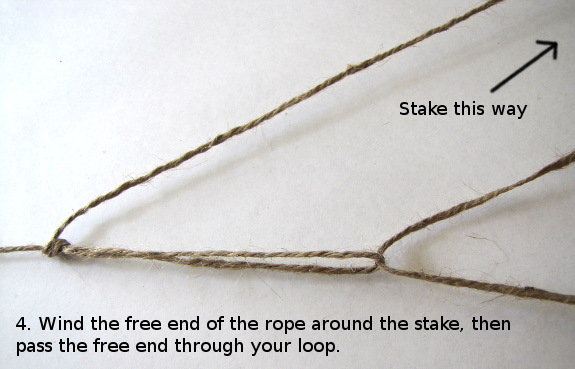
It's a bit complex,
consisting of first making a solid loop, passing
the free end of the rope under the bumper of the car (or other solid
object), slipping the end through the loop, pulling tight, and then
securing the line with another knot.
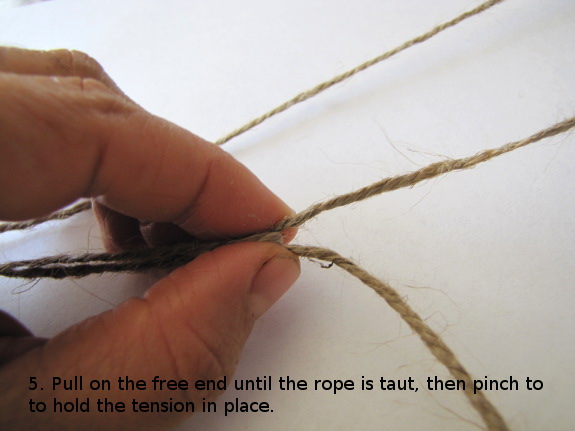
The photographs here
show the
steps in more depth.
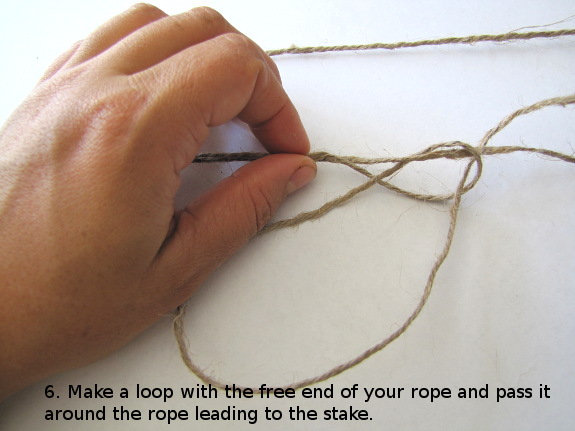
The knot is great for
securing a line tightly in
such a way that you can untie the knot quickly and easily.
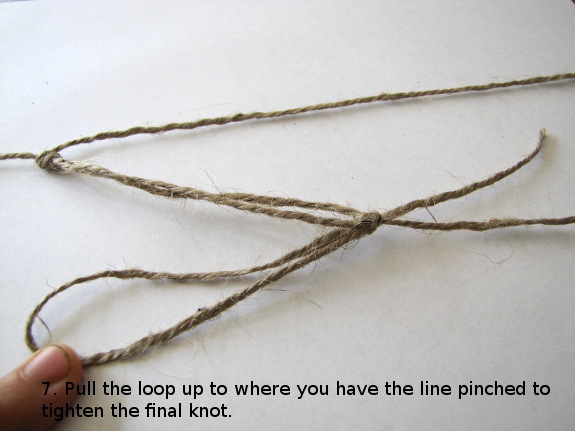
My question for you is
--- what is this knot called?
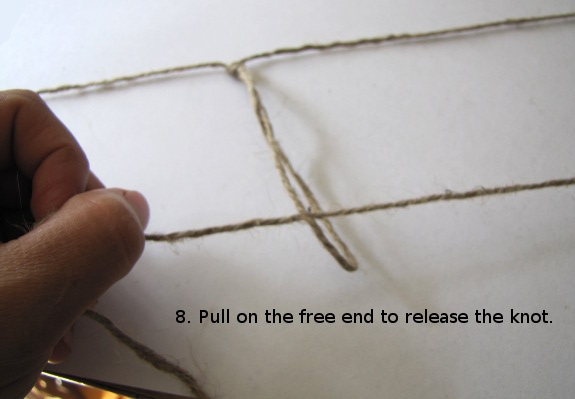
I use it to
secure the ends of my quick
hoops, which will be
profiled in the
October volume of Weekend
Homesteader, and I'd
like to use the knot's
real name. Any ideas?
Want more in-depth information? Browse through our books.
Or explore more posts by date or by subject.
About us: Anna Hess and Mark Hamilton spent over a decade living self-sufficiently in the mountains of Virginia before moving north to start over from scratch in the foothills of Ohio. They've experimented with permaculture, no-till gardening, trailersteading, home-based microbusinesses and much more, writing about their adventures in both blogs and books.
Want to be notified when new comments are posted on this page? Click on the RSS button after you add a comment to subscribe to the comment feed, or simply check the box beside "email replies to me" while writing your comment.

What you're doing is like a truckers hitch, but the base knot you're using isn't really a truckers hitch- it's a half hitch on a bight (well, that's what i would call it).
A 'come along' is also the name of the mechanical gizmos that are used to tie things down- they use a winch-like gear to tighten the webbing. I've never heard a knot called that (but i dropped out of boy scouts).
You have to love the internet --- by the time I got around to spending more time googling "come along knot", this post was the second hit. I can't seem to find any tutorials on the knot, but I think that I'm going to assume Daddy and Kevin know what they're talking about.
I can't seem to find any tutorials on the knot, but I think that I'm going to assume Daddy and Kevin know what they're talking about.
Daddy --- I loved the extra bit of info about using it to tie down tobacco baskets. My memories of riding on top of those towering piles of tobacco baskets while going down that scary steep hill on the way to the tobacco warehouse at night are very vivid.
Matt --- "Trucker's hitch" does seem to be a much more used term, but it doesn't quite match my knot. It looks a bit more complex --- perhaps to get the same effect but in a more long term fashion?
We do have comealongs that we use regularly to winch our truck out of the mud.
It's an overhand loop with a halter hitch to secure it.
http://en.wikipedia.org/wiki/Overhand_loop
http://en.wikipedia.org/wiki/Halter_hitch
I've used this combo many times myself. The main disadvantage to using the simple overhand loop is that it is a (insert expletive here) to undo after being loaded (tension put on it).
A bowline on a bight is a better knot for that application.
http://en.wikipedia.org/wiki/Bowline_on_a_bight
Hope this helps.
Colin